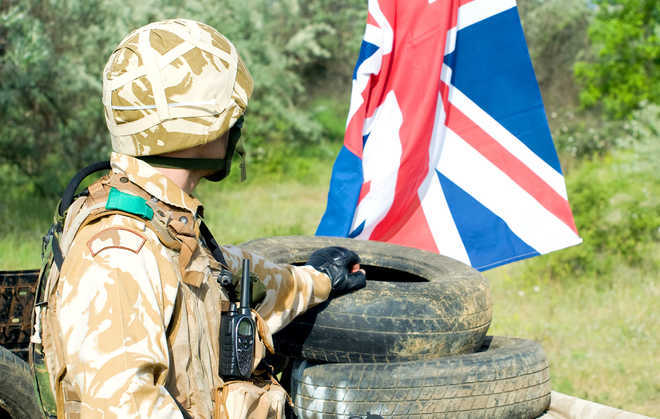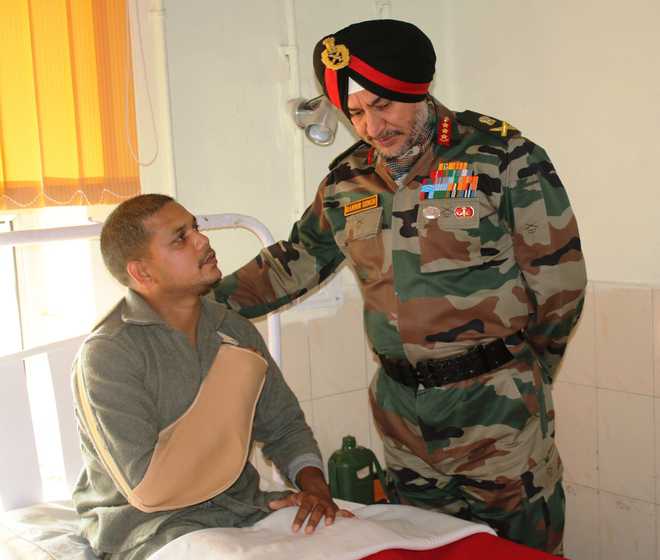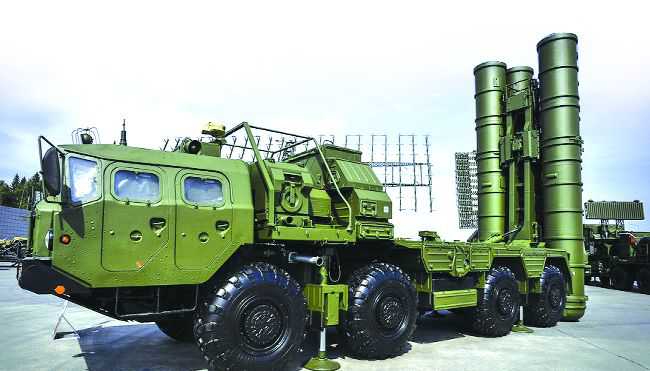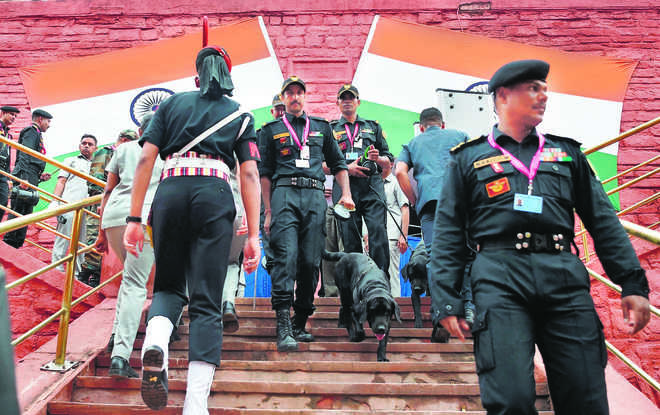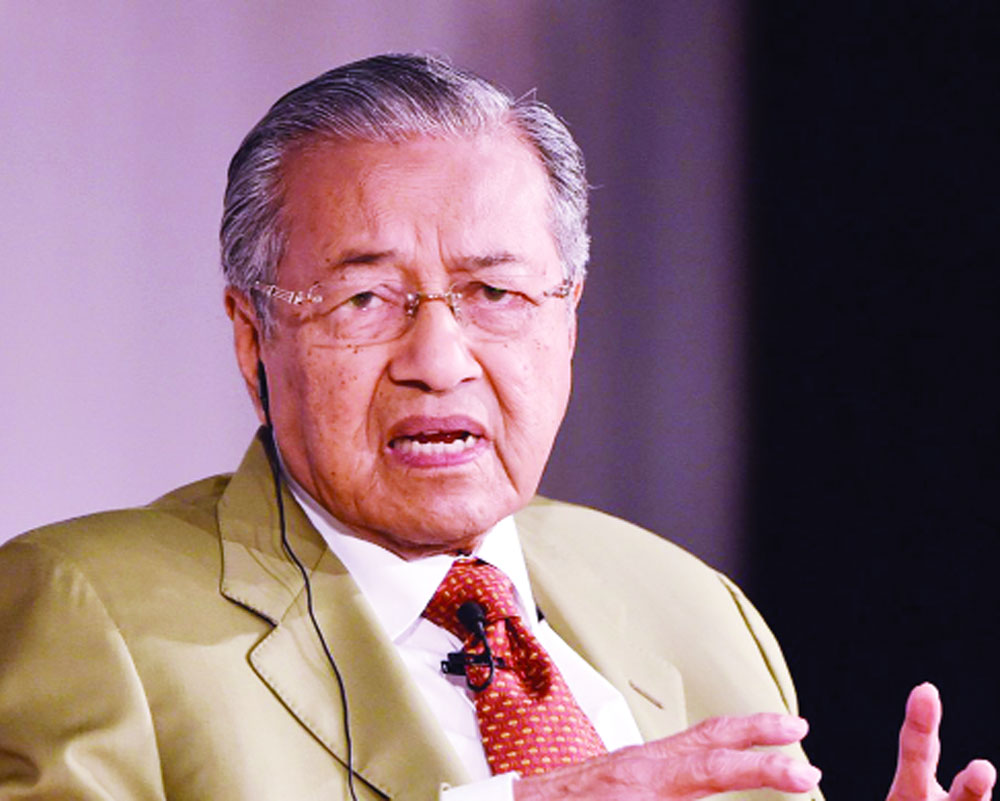
Nivedita Choudhuri
‘In Flanders’ fields
the poppies blow,
Between the crosses,
row on row,
That mark our place:
and in the sky,
The larks, still bravely singing, fly
Scarce heard amid
the guns below.’
This poem penned by Canadian doctor John McCrae as he sat in an ambulance near the battle-scarred fields of Ypres, Belgium, in 1915 is a poignant reminder of the horrors and futility of war. November 11, 2018, marks the 100th anniversary of the signing of the Armistice that ended World War I.
This year the Armistice Centenary on 11 November coincides with Britain’s Remembrance Sunday. Remembrance Sunday is held in the UK and the Commonwealth countries as a day to commemorate the contribution of British and Commonwealth military and civilian servicemen and women in the two World Wars and later conflicts.
The Armistice was signed between the Allies of the World War I and Germany at Compiegne, France, for the cessation of hostilities. It took effect at 11 o’ clock in the morning — at the ‘eleventh hour of the eleventh day of the eleventh month’ of 1918. A formal peace agreement was only reached when the Treaty of Versailles was signed the following year. Around 20 million people died and another 21 million were wounded during the war, ranking it among the deadliest conflicts in human history.
The poppy has become the symbol of reverence, and remembrance, for the millions of soldiers who have lost their lives in conflict. During the World War I (1914-1918), much of the fighting took place in western Europe. The beautiful countryside was bombed and fought over. The landscape quickly became arid and desolate. However, bright red Flanders poppies were resilient flowers and grew in thousands, flourishing in the midst of upheaval and disarray.
In 1915, after losing a friend in Ypres, Lt Col McCrae was inspired by the sight of the poppies to write the famous poem, In Flanders Fields. His poem inspired an American professor, Moina Michael, to make and sell red silk poppies which were brought to England by a French woman, Anna Guerin. The British Legion, formed two years after the end of the World War I, ordered nine million of these poppies and sold these on November 11, 1921. The poppies sold out almost immediately and that first ever ‘Poppy Appeal’ raised over £100,000, a huge amount of money at the time. The cash was used to help World War I veterans with housing and employment.
India made a massive contribution to Britain’s war effort. It sent vast numbers of volunteers to fight and die on behalf of the Allied forces. Almost 1.5 million Muslim, Sikh and Hindu men from present-day Punjab, Uttar Pradesh, Tamil Nadu, Maharashtra and Bihar volunteered in the Indian expeditionary force which saw fighting on the Western Front, in East Africa, Mesopotamia, Egypt and Gallipolli.
Volunteering offered a chance to bypass the caste system because becoming a soldier meant good pay and the opportunity to be part of the ‘warrior caste’. Of these men, around 50,000 died, 65,000 were injured and 10,000 were reported missing.
Besides a huge procession past the Cenotaph, a memorial built in Whitehall, London, at the end of the World War I, bells will also toll from Flanders to villages across the UK and Germany on Novembe 11. As news of the Armistice spread in 1918, church bells which had fallen silent across the UK, rang out in celebration. On the Armistice Day Centenary, Ypres will be focus of global media attention.
This year, early on November 11, more than 3,000 bell towers across the UK will ring out with the sound of half-muffled bells in a heartfelt memory of those who laid down their lives. At midday, the bellringers will remove the muffles from the clappers and the bells will ring open to signal the thankfulness of the nation.
The British and German governments have urged other governments to ring bells at the same time so as to show the unity and the reconciliation that has come about among former foes.


